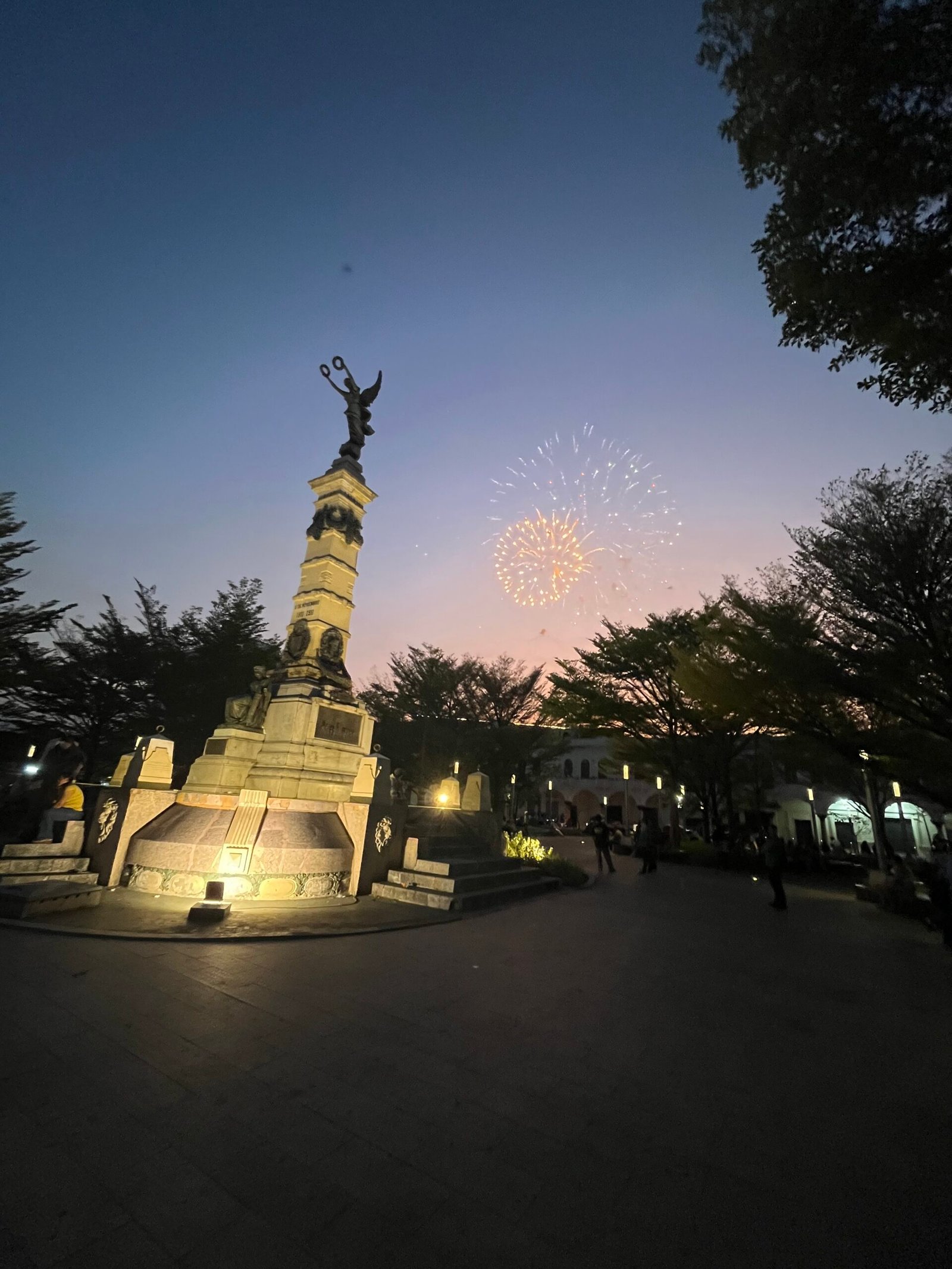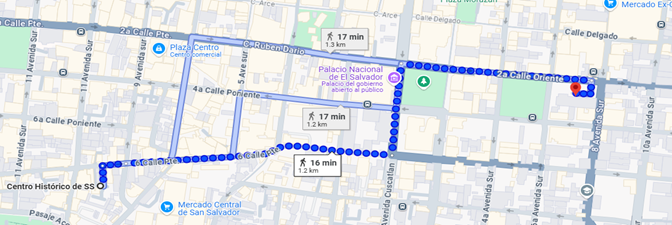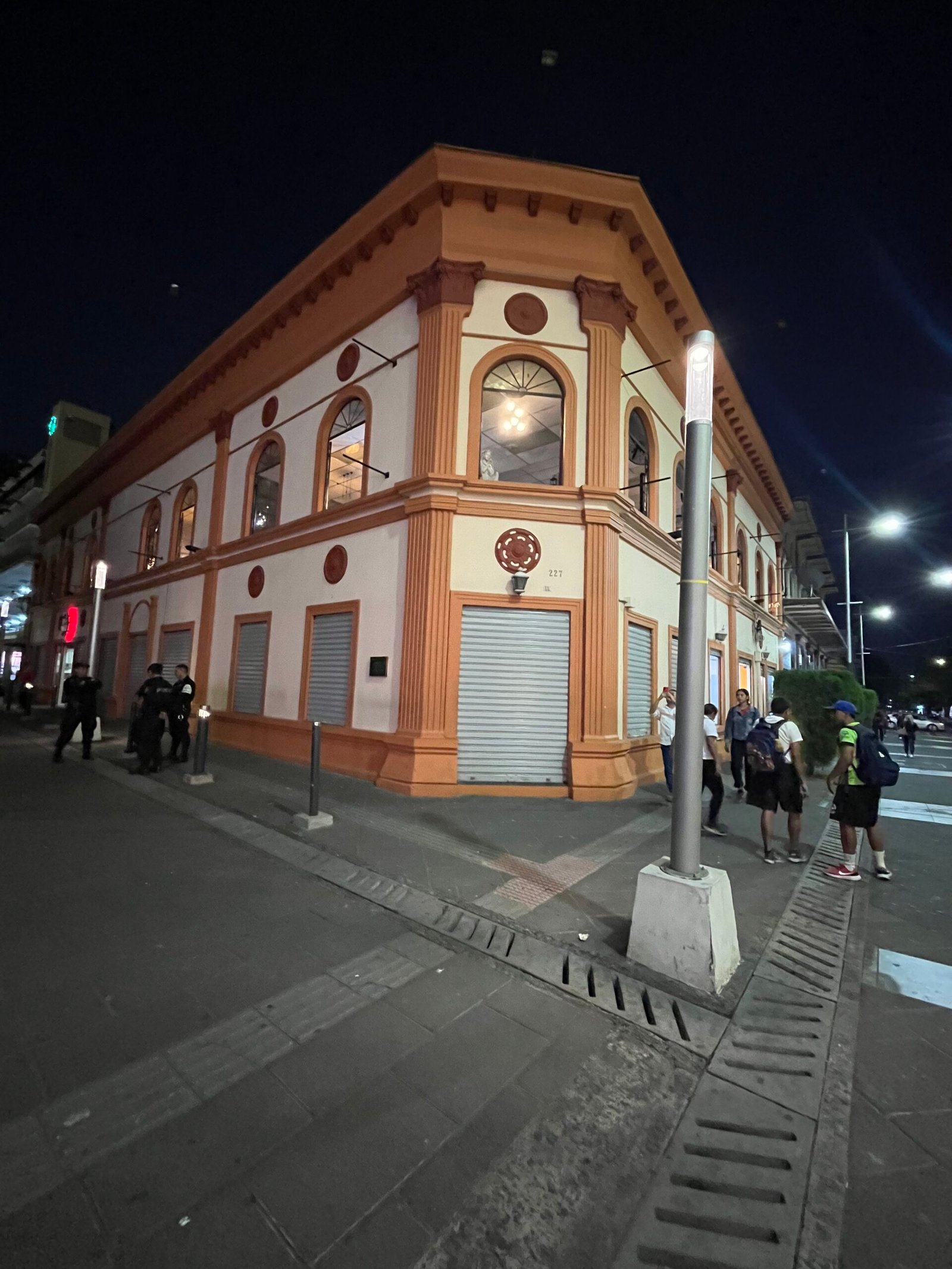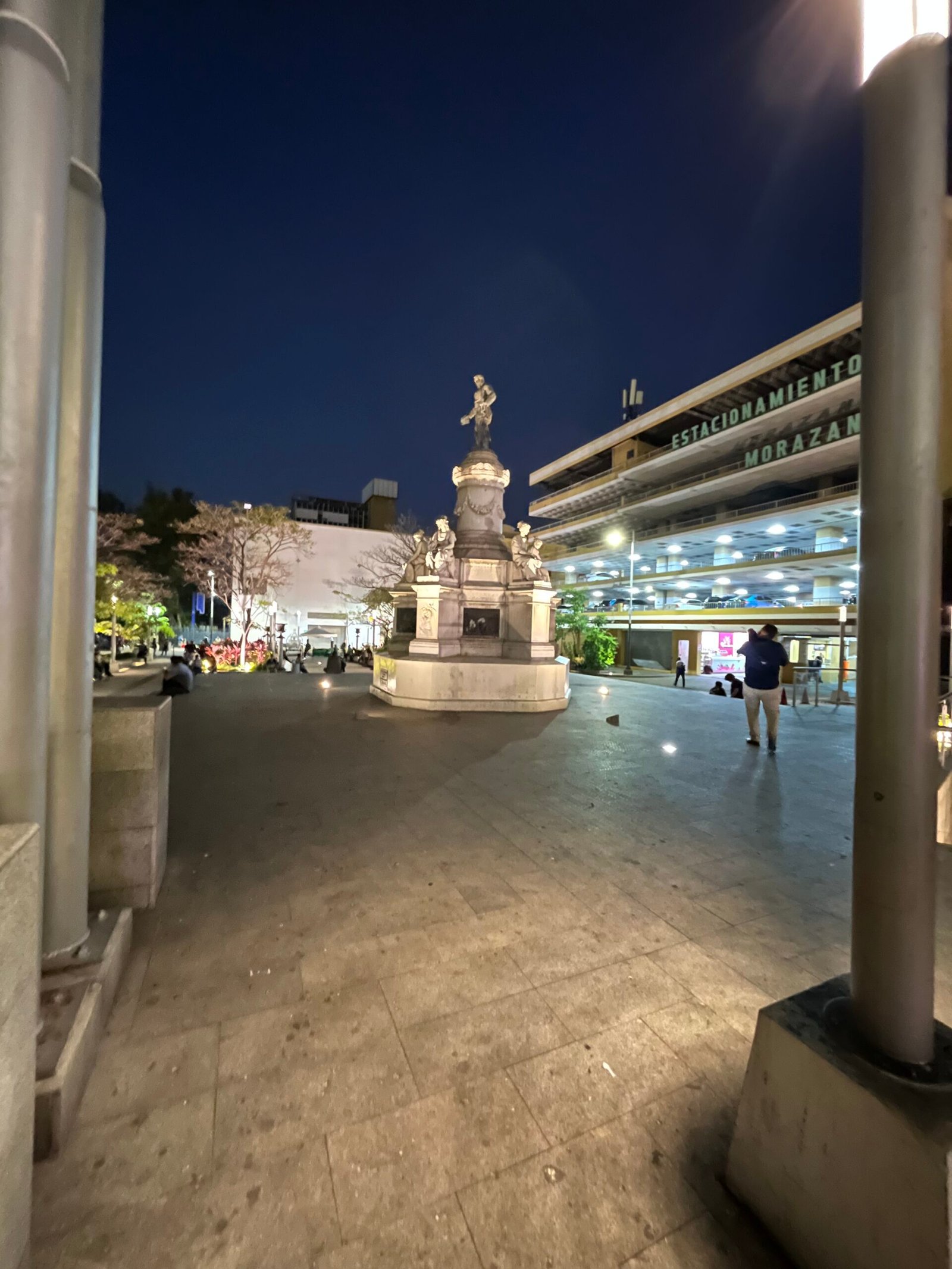Liberty Square


Plaza Libertad is a historically significant site in San Salvador. It was the starting point of the city’s expansion in the mid-16th century. Visit this site to see the Monument to the Heroes in the center of the plaza or take a stroll along its tree-lined paths.
Don’t forget your camera to photograph the impressive Monument to the Heroes. This marble and bronze structure was installed in 1911 to commemorate the 100th anniversary of Central America’s independence from Spanish rule. At the top, you’ll find the figure of the Angel of Liberty holding laurels. Look down to see sculptures and medallions of some of the key figures of the independence movement.
Plaza Libertad is located in the center of San Salvador. You can easily get there by walking and exploring the historic center from there. If you’re coming by car, you can find free parking on the nearby streets. The plaza is two blocks east of Plaza Barrios. Explore the nearby historic buildings, such as the Metropolitan Cathedral and the National Palace.
Rosario church


The Church of the Rosary is a Catholic building located on the east side of Plaza Libertad, in the historic center of the capital city of San Salvador, El Salvador. It has a modern architectural design that broke with the usual canons of religious construction in the city, namely the Latin and Greek cross types. Compared to other temples, the church has no pillars that obstruct the visibility of the faithful towards the altar and the colorful religious images that stand out inside. In addition, this temple is recognized as one of the iconic buildings of the historic center of San Salvador, not only for the relevant events, but for its unique architectural design that represents an important artistic manifestation and is a heritage protected by the Hague Convention
National theater


Admire the grandeur and opulence of a centrally located architectural monument in this grand palace, which once served as the seat of government of El Salvador. The National Palace is an imposing building in the historic center of San Salvador, where the President’s office used to be. Today, it still serves as the headquarters for official functions, but the President no longer works here. Tour the stately rooms and admire the refined architecture.
The building we see today dates back to 1911, as the original palace was destroyed by fire in 1889. Admire the statues of Christopher Columbus and Queen Isabella I of Spain in front of the main portico. King Alfonso XIII of Spain donated them in 1924.
The palace is open every day of the week, and there is an admission fee. Located in the heart of San Salvador’s historic center, the National Palace is easily accessible. Free parking is available on nearby streets.
Morazan Square


It’s a plaza located in the historic center of San Salvador. An excellent place to go for some fresh air with friends, family, or alone. There are good options for enjoying an excellent cup of coffee with dessert and delicious food. You can also take great photos and capture unforgettable moments.
Inaugurated on March 15, 1882, at the request of Rafael Zaldívar, President of the Government of El Salvador, Morazán Plaza was established in honor of General Francisco Morazán, considered a historical hero, originally from Honduras, who fought for the ideal of establishing a single Central American homeland.
In view of the fortieth anniversary of his death, the work was commissioned from the artist Francisco Durini in Genoa, Italy. The Government of Honduras was invited to the event and requested the appointment of a commissioner, a position that was awarded to Mr. Cruz Ulloa, Morazán’s son-in-law. For its part, the Senate of the Salvadoran state declared March 15th a “national civic holiday.”
This monument immortalizes the military dedication of this leader, whose figure sits atop five representations of the Central American republics carved in high reliefs depicting events led by Morazán.
EL CALVARIO CHURCH


La iglesia El Calvario de San Salvador está ubicada en la 6.ª calle poniente y pasaje José Simeón Cañas. Se encuentra en el centro histórico de la capital. El Calvario Church was designed and built between 1925 and 1950 by architect and engineer Augusto Baratta. It is located on 6th Street West and José Simeón Cañas Passage in San Salvador.
Although the building dates back to the 20th century, the history of El Calvario Church dates back to 1660, when Priest Antonio de Vega requested that the Bishop of Guatemala, Payo de Rivera, erect a church in honor of the Lord of Calvary.
The church’s architecture will be visible in a few days, thanks to the redevelopment plan for the capital’s historic center promoted by the municipality of San Salvador.
According to the Inventory of Properties with Cultural Value, “El Calvario Church is one of the urban sites of great historical value and is linked to one of the most important religious traditions in the city of San Salvador.”
One of the objectives of its construction was the celebration of the Lenten Stations of the Cross, which originally ran from the parish church—today, the Church of El Rosario—to El Calvario. Later, when the Church of San Esteban was built, its route was changed to “Calle de la Amargura,” the name of the street that connects the two churches. The tradition continues to this day.